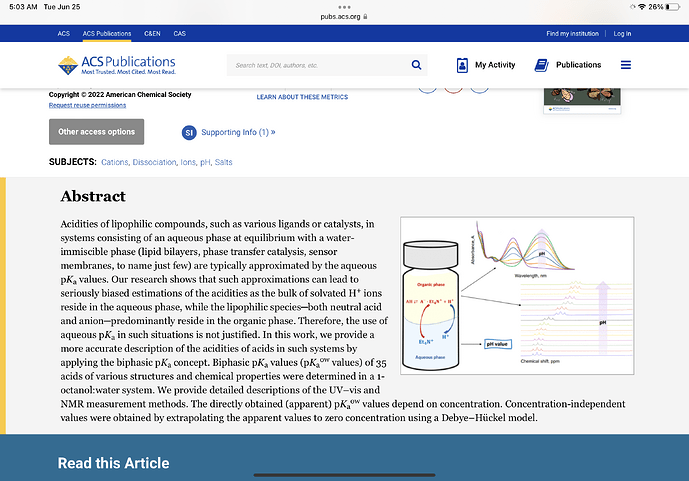It has nothing to do with a reaction, its literally genetics and enzymes. Ive posted the paper before that talks about this along with the potencies of each isomer.
Btw that same paper says:
" We have established that all four stereoisomers of Δ9-THC (Figure 1) are natural products with the selective accumulation of the (−)-trans isomer in narcotic cannabis and comparable occurrence of the (−)-trans - and the (−)-cis -isomers in cannabis fiber hemp strains. In a sample of medicinal cannabis (Bedrocan), Δ9-THC is produced in very high enantiomeric purity (ee >99%) and exclusively in the trans -form"
Which is what @moronnabis was getting at
We do know that natural thc is the most potent optical isomer of the 4.
" To evaluate the bioactivity of the different THC stereoisomers, binding affinities and functional activities at both cannabinoid receptors, as well as the effectiveness in inhibiting enzymes involved in the degradative endocannabinoid metabolism (FAAH, MAGL, ABHD6, ABHD12), were evaluated for both enantiomers of Δ9-cis -THC, and the results were compared to those of (−)-Δ9-trans -THC. At the cannabinoid receptors CB1 and CB2, (−)-Δ9*-cis* -THC showed 10-fold lower binding affinities in both the binding assay and the functional assay. [(24)](javascript:void(0)![]() In contrast, (+)-Δ9-cis -THC was inactive in both assays, showing binding affinities as well as functional activities only in the high micromolar range."
In contrast, (+)-Δ9-cis -THC was inactive in both assays, showing binding affinities as well as functional activities only in the high micromolar range."
From that same paper
